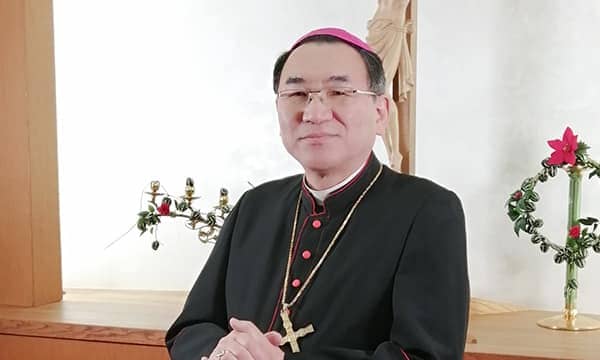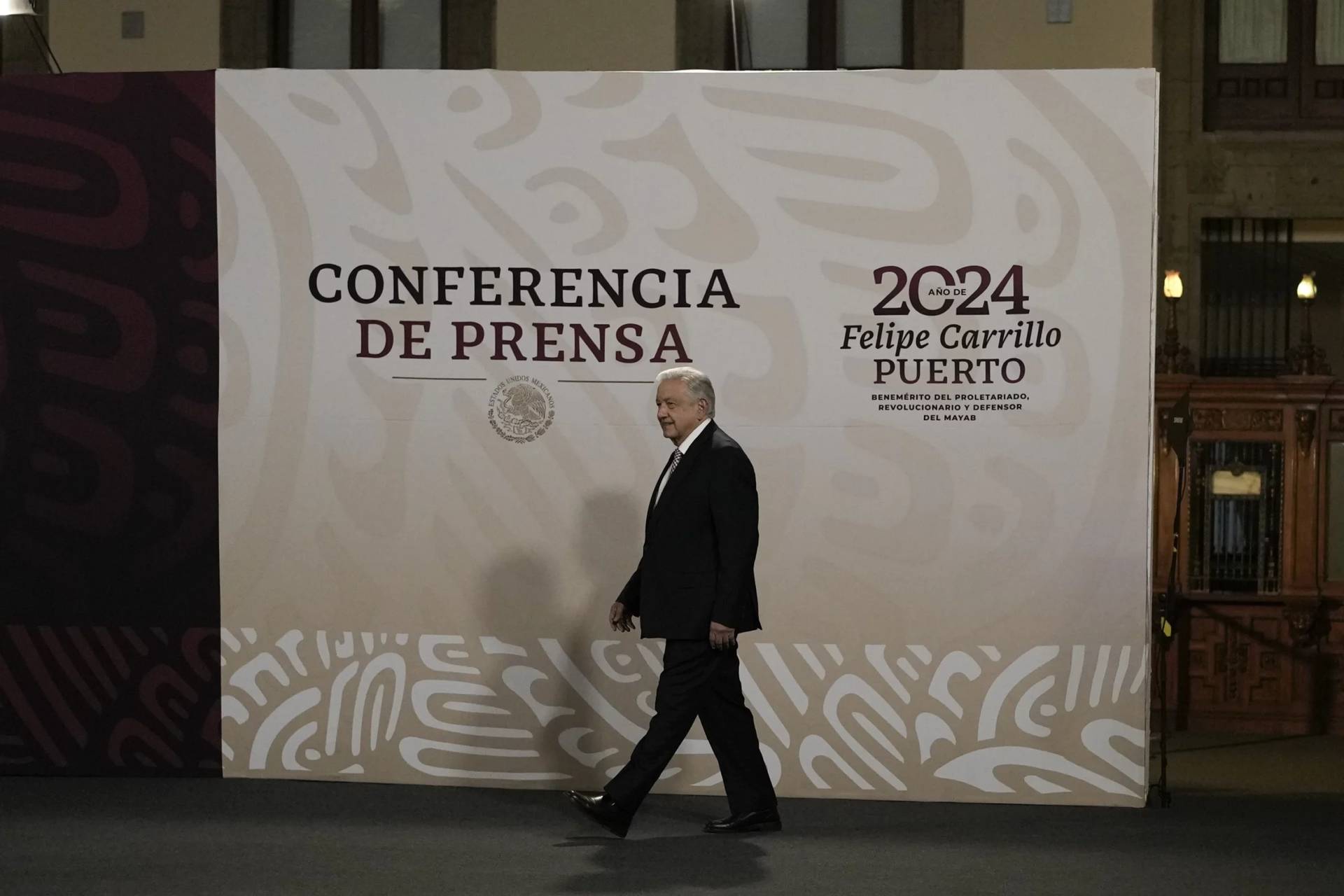ROME – The center of the city of Rome was on complete lockdown on the occasion of Easter Mass at St. Peter’s basilica. As the risk of terrorism escalates globally following the recent attacks in Sweden and Egypt, the city of Rome heightened security measures.
The Roman police established three maximum security “red areas” including the main access point to the Vatican presided over by armed forces while the city prepared for approximately 50,000 faithful to visit the capital.
The security delegate of the Roman mayor Virginia Raggi, Marco Cardilli, stated that he hoped the Easter celebration “will see the repeat of the positive experience of Palm Sunday, with strict controls in the area of St. Peter and making the large area around Via delle Conciliazione (the main artery leading to St. Peter’s square) pedestrian only.”
About 1,000 armed policemen were deployed to cover all exits and entrances to ensure that the Easter celebration be safe for visitors and citizens. Metal detectors and checks ensured that no threats had access to the celebration.
Cement blockades were placed near the main streets to the Vatican so that vehicles would be prohibited from going off-road and harming civilians, a technique often used by terrorists recently to spread fear and devastation.
Back in December 2016 Anis Amri, the man who drove the truck that killed 12 people in Germany, was shot and killed by Italian police forces in the northern Italian city of Milan as he was attempting to flee from the German police.
On Saturday the Italian police expelled an Egyptian fruit vendor living in Rome who was caught by the Italian anti-terrorism division writing pro-jihadist remarks on the Internet. Many terrorists or jihad sympathizers pass through Italy, as it is a major gateway for accessing Europe.
Given the high alert it is no surprise that helicopters flew furiously over the Easter celebration and snipers monitored holy sites from the building-tops. Police reported to have even checked sewers and tunnels in order to guarantee the safety of the event.
The police commissioner Guido Marino lauded the efforts made by his men and the “general functioning of the plan.” The Via Crucis at Rome’s Colosseum also proved to be a test for the armed forces as more than 20,000 people participated at the event with Pope Francis.
The Easter extravaganza included five events in four days in what Marino called “the unchanged scenario of alert given by international terrorism.”
The main concern for Marino was “guaranteeing the maximum security for the Holy Father,” without forgetting the thousands of faithful who had come to celebrate the most important religious holiday for Christians.
















